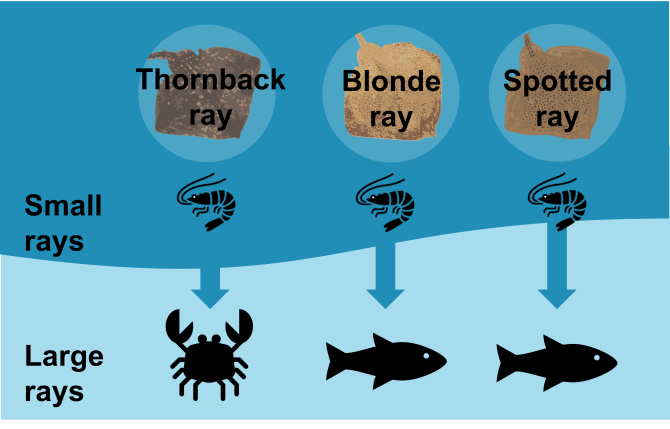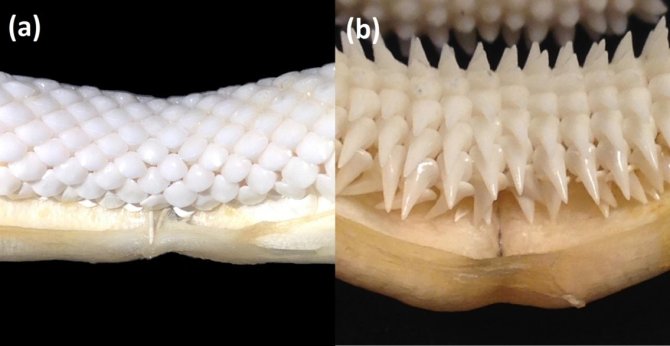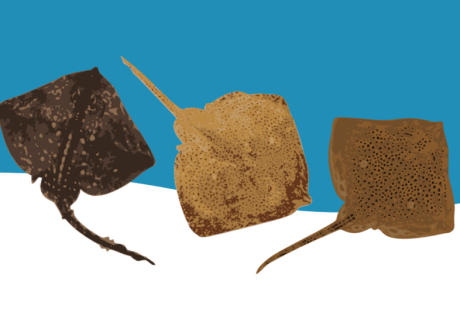
North Sea rays, what’s on the menu?
WIAS Magazine - Fall edition 2022
Research Light
For my research practice I worked with Eleanor Greenway and Jan Jaap Poos at the Aquaculture and Fisheries group (AFI) of Wageningen University, and Jurgen Batsleer at Wageningen Marine Research, IJmuiden. We have been working on analysing the diet composition of three North Sea ray species: thornback, blonde and spotted. These species inhabit the North Sea and the English Channel, where they fulfil an essential role in the ecosystem as top predators. Because of their slow growth, late maturity, and low fecundity, they are very susceptible to anthropogenic pressures, including fishing, sand extraction, and pollution. We collected dietary data of these ray species to learn more about their role in the ecosystem. This knowledge can help take appropriate management measures to ensure their conservation.
Why did we perform this research?
Dietary studies for these ray species are currently lacking, while they improve the understanding of their role in the food web of the North Sea. Specifically, we wanted to know more about the effect of length, and sex. The latter is potentially interesting because of the biology of some ray species: while males have cusped shaped teeth, females have low crowned shaped teeth.
How did we do this?
We collected dead rays at fish auctions and on board of fishing vessels. Of each individual ray we took a variety of external and internal measurements and analysed the stomach content, identifying specific prey items. Because rays do not chew their prey, dietary items can be sorted into different species or species groups when they are not yet fully digested. With this data, we determined their diet and studied differences between the rays of different lengths, sex, and species.
What have we learned?
We observed a shift in diet between smaller and larger individuals for all species. Overall, the smaller individuals feed mainly on shrimp-like species. Adult individuals of thornback ray show increasing importance of crab species in their diets (figure 1). Adult blonde rays and spotted rays were generally piscivorous. Adult blonde rays fed predominately on sand eels but had a diverse diet with occurrences of gurnards, mullets, and whiting. In adult spotted rays, a large portion of the stomachs could only be identified as 'unknown fish' but of the fish species that could be identified were almost exclusively sand eels. Interestingly, despite difference in dentures between sexes in thornback ray and spotted ray, females and males had similar diets (figure 2).
To adequately understand the ecosystem dynamics of North Sea rays, continuation of research is required. Currently, PhD projects regarding their vertical migration as well as their genetics are being performed.

Figure 1: Each ray species exhibited a shift in its diet between smaller and larger individuals.

Figure 2: a) Female thornback ray with low crowned teeth, b) Male thornback ray with cusped shaped teeth.
P.S. check this WIAS article for a fun way to earn a cool limited-edition rays and sharks T-shirt and a certificate while supporting research!





